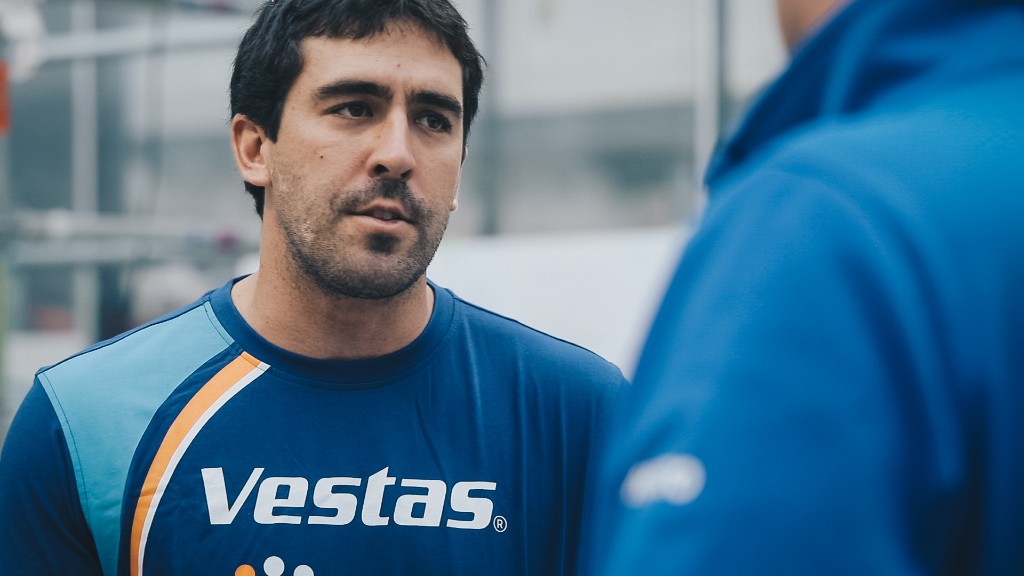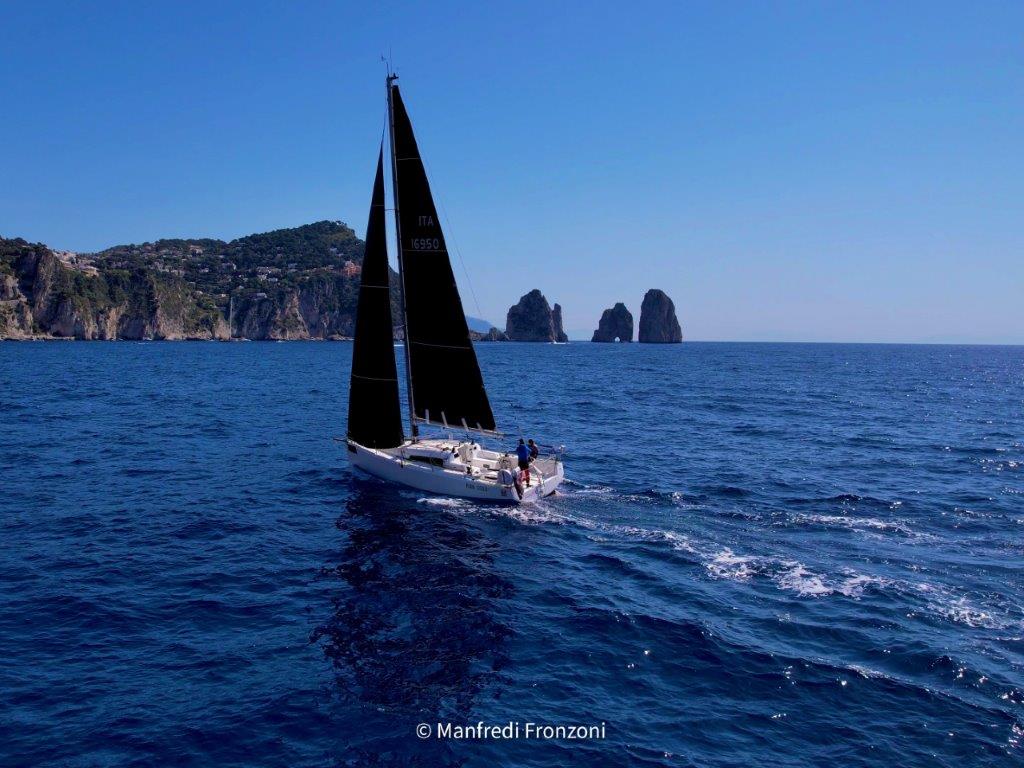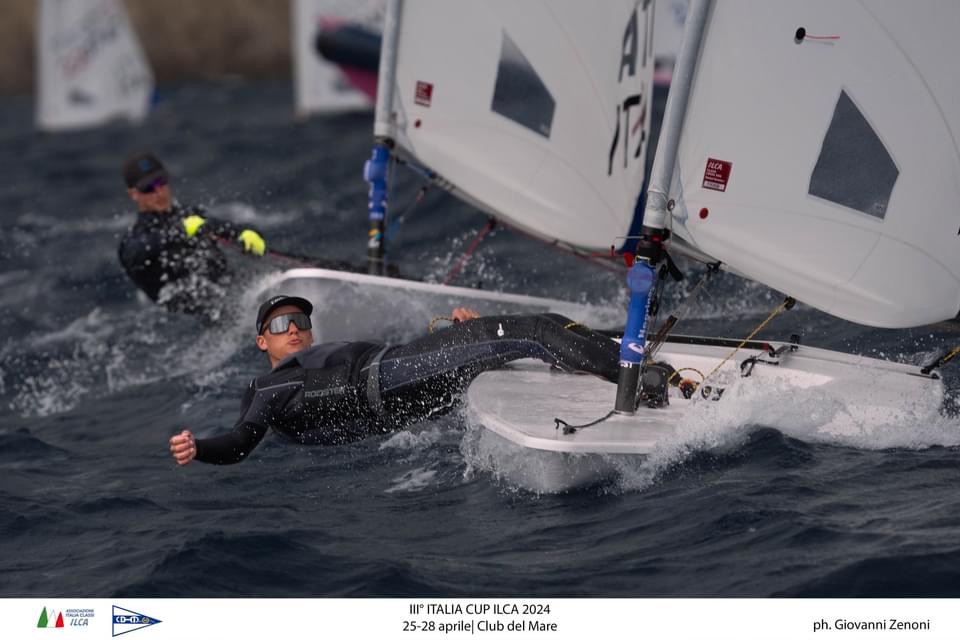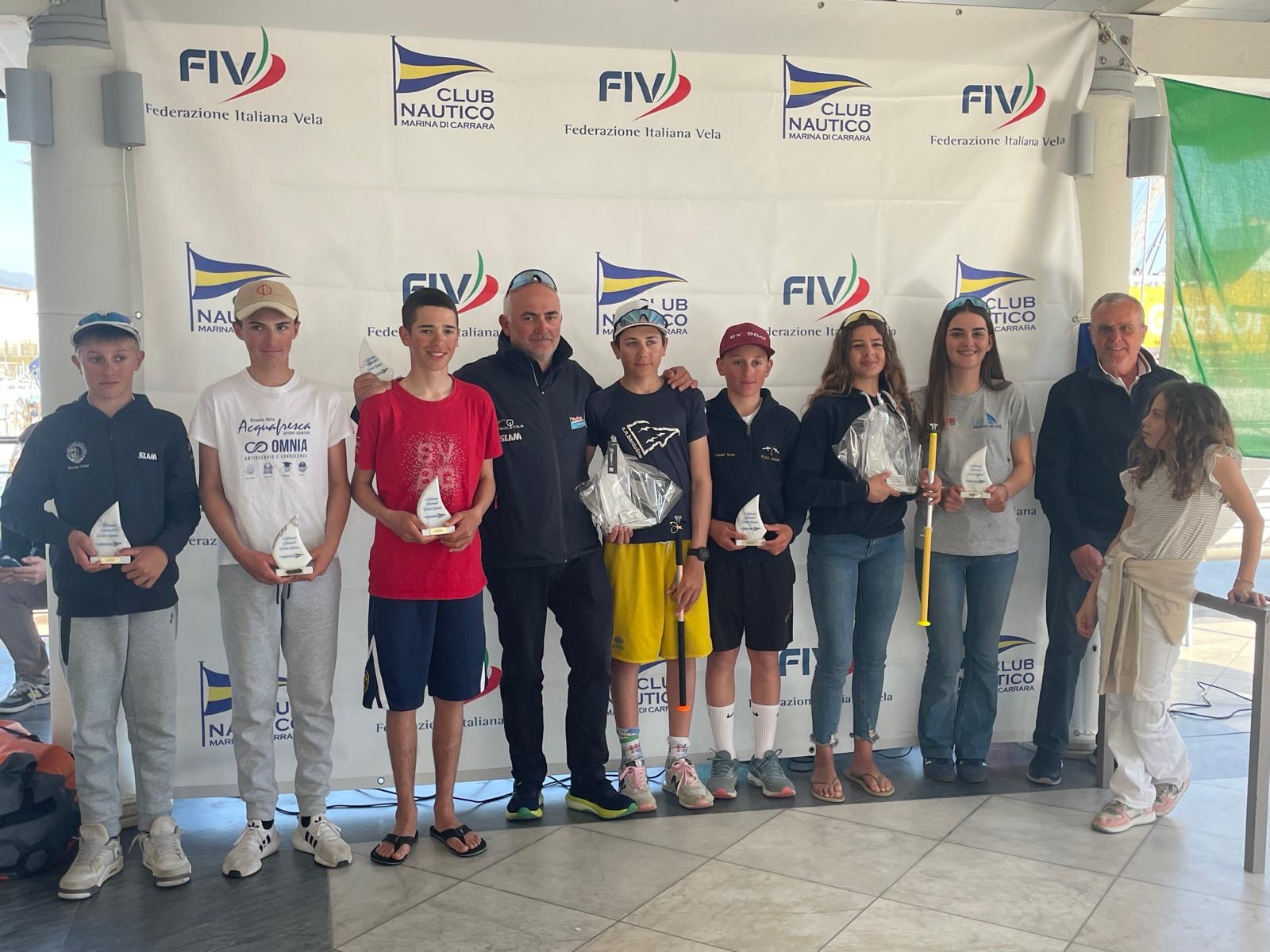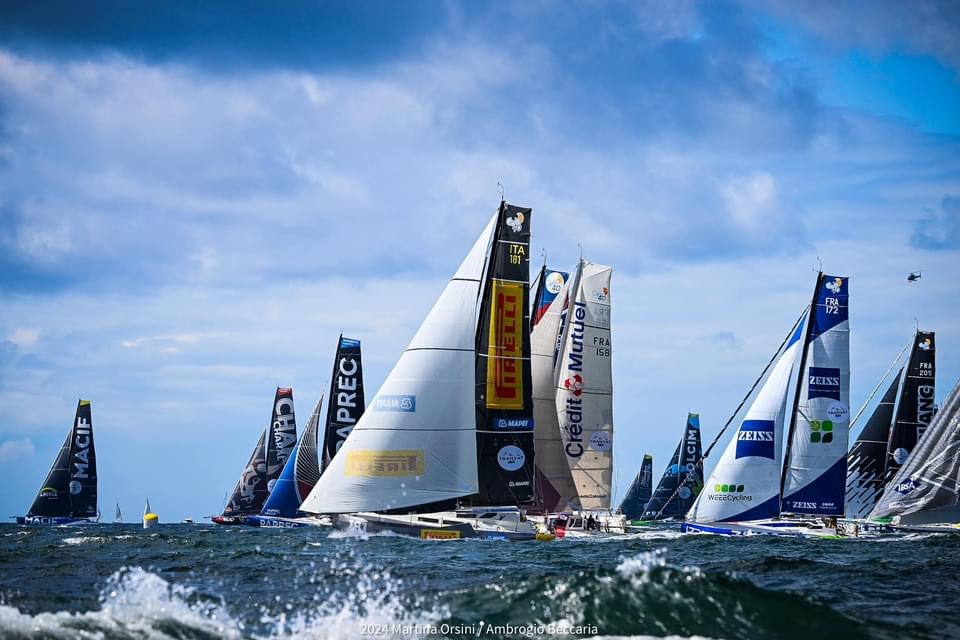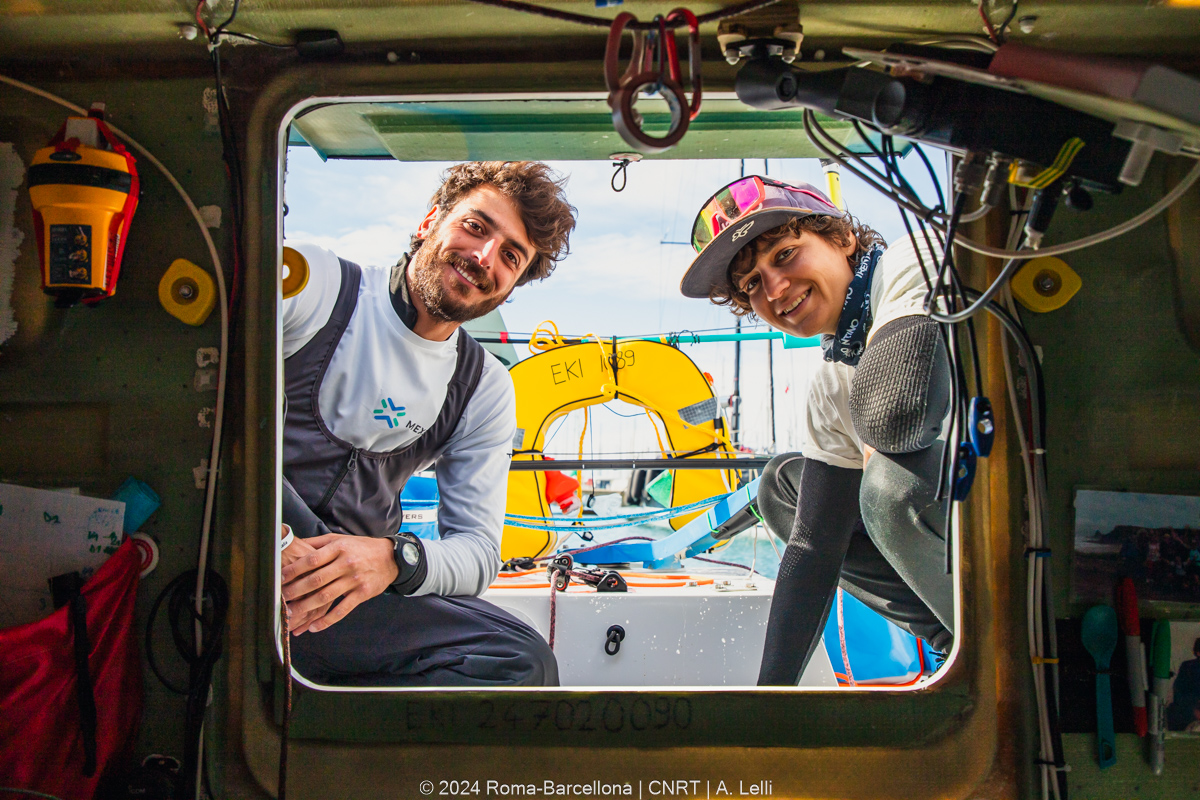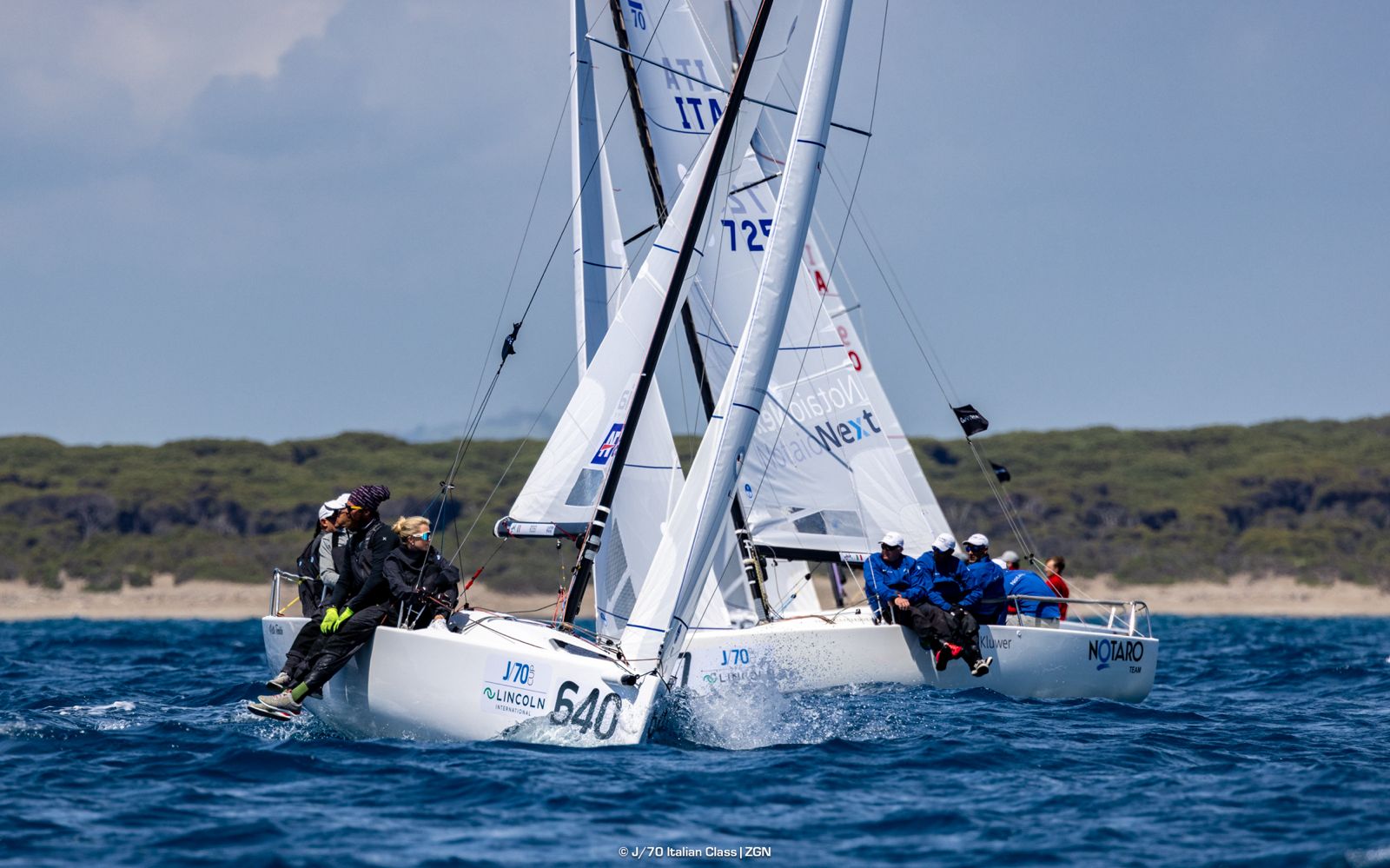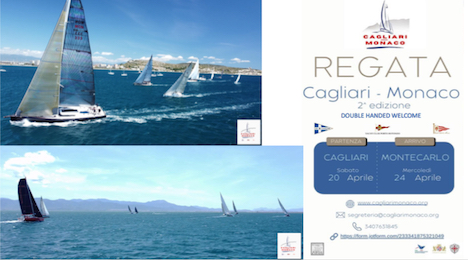Auckand, Nuova Zelanda- A oltre un mese dall’incidente che costò la vita a un pescatore cinese e alla vigilia del ritorno in regata per la Leg 7 dopo le riparazioni effettuate ad Auckland, Vestas 11th Hour Racing parla per la prima volta della dinamica della collisione del 20 gennaio scorso. Ricordiamo che l’incidente avvenne a 30 miglia da Hong Kong nella fase finale della quarta tappa. Lo fa con il numero due del team, Mark Towill, autorizzato a parlare dalla conclusione dell’inchiesta delle autorità locali, che “sarà chiusa a breve con nessun’altra azione presa” nei confronti di Vestas.
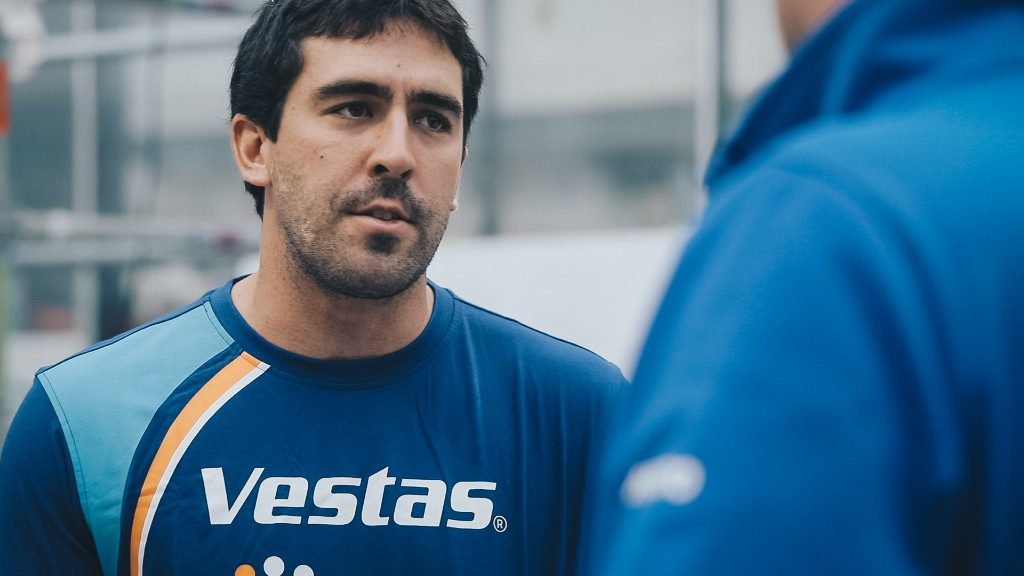
Mark Towill, che nella Leg 4 era lo skipper su Vestas visto che Charlie Enright aveva dovuto rinunciare alla tappa a causa di problemi di salute del figlio, ricostruisce quanto accaduto quella notte.
Questa la Q&A emessa dal team Vestas 11Hour Racing:
“Eravamo a circa 30 miglia nautiche dall’arrivo, e io ero nella stazione di navigazione monitorando il radar e l’AIS, comunicando con l’equipaggio in coperta attraverso l’interfono. Stavo monitorando tre battelli sull’AIS: una nave posacavi, che avevamo appena passato, un altro più lontano che era passato oltre la nostra prua, e un terzo, identificato come barca da pesca. C’erano altri battelli in più sull’AIS, molti di loro barche da pesca, ma vicino a noi questi tre erano i soli identificati”.
“Era una notte scura e nuvolosa, con una brezza sui 20 nodi e un mare moderato. Come ci siamo avvicinati al peschereccio, l’equipaggio in coperta ha confermato il contatto visivo (il peschereccio era ben illuminato) e abbiamo orzato da mure a dritta per mantenerci discosti. Io ero all’AIS e stavo comunicando distanza e rilevamento all’equipaggio. L’equipaggio ha confermato che stavamo passando bene quando, prima del passaggio previsto, c’è stata una collisione inaspettata”.

“Tutto è accaduto molto in fretta. La collisione ci ha portato a una virata imprevista mure a sinistra a cui non ravamo preparati. Tutti quelli che non erano di guardia sono saliti in coperta. Tutti a bordo erano illesi e operativi. Abbiamo controllato la prua, visto la falla al mascone di sinistra e siamo andati sottocoperta per sistemare il danno. L’acqua stava entrando nello scafo e c’era preoccupazione per l’integrità strutturale dello scafo”.
“Abbiamo sbandato la barca a dritta per far uscire la parte sinistra della prua dall’acqua. Il ballast di dritta era pieno e tutte le vele a riposo erano già sulla dritta (Vestas stava navigando al lasco mure a dritta, Ndr). Abbiamo anche mantenuto la chiglia a dritta. Siamo stati capaci di minimizzare la via d’acqua, ma la barca ra difficil da manovrare a causa dell’eccessiva inclinazione”.
“Ci sono voluti circa 20 minuti per mettere la barca sotto controllo, e poi siamo tornati indietro verso il punto della collisione. All’arrivo, diverse persone su un peschereccio nei pressi stavano illuminando con le torce un punto nel mare. Il nostro primo pensiero è stato che stessro cercando qualcuno e così abbiamo immediatamente iniziato una “search and rescue”, ovvero un’operazione di ricerca. Dopo un po’, abbiamo individuato una persona in acqua”.
“Abbiamo cercato di contattare l’altro battello coinvolto nella collisione, e allertato il Race Control (Quindi dopo 30 minuti dalla collisione?, Ndr).Quando abbiamo iniziato la ricerca e soccorso, il nostro navigatore ha immediatamente inviato un MayDay sul canale 16 VHF per conto del peschereccio. C’erano diversi battelli nel’area, compresa una nave da crociera con una sala ospedale, ma erano tutti in stand by”.
“La comunicazione era difficile. Il voume di traffico sulla radio faceva sì che fosse difficile comunicare con le persone di cui avevamo bisogno. Non molti sul VHF parlavano inglese, ma abbiamo trovato il modo di inviare messaggi attraverso la nave posa cavi e loro sono stati in grado di inviare il loro battello di servizio per aiutarci nella ricerca”.
“Le condizioni difficili e la limitata manovrabilità hanno ostacolato i nostri sforzi iniziali per recuperare la vittima. Il battello della nave posa cavi ha dato assistenza e ogni sforzo è stato fatto da tutte le parti coinvolt nella ricerca e soccorso. Siamo stati alla fine in grado di recuperare la vittima dopo diversi tentativi. Quando l’abbiamo issato a bordo, i nostri medici hanno iniziato le operazioni di rianimazione. Abbiamo poi avvisato l’Hong Kong Marine Rescue Coordination Centre che avevamo a bordo la vittima e ci hanno confermato che il supporto aereo era in arrivo.La vittima è stata traferita nell’elicottero e portata a Hong Kong, dove lo staff medico non è stato in grado di rianimarlo”.
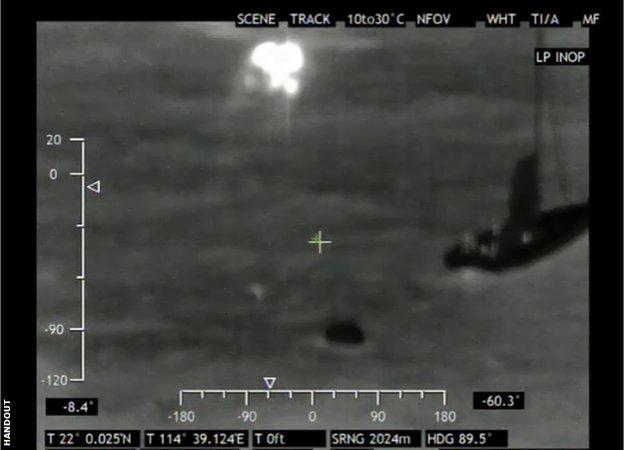
“Dongfeng ha offerto la sua assitenza. In quel momento, noi stavamo coordinando la ricerca e soccorso con diversi battelli, incluso la posa cavi che aveva un uomo che parlava cinese e inglese che stava mantenendo le comunicazioni. Abbiamo avvisato Dongfeng che non avevamo bisogno di loro dato che c’erano molti mezzi più vicini.
Team Akzonobel è arrivato mentre si stava effettuando il transfer sull’elicottero. Race Control ha chiesto loro di restare in stand by e loro l’hanno fatto, dopo di che li abbiamo liberati dopo che il trasferimento della vittima sull’elicottero era stato effettuato”.
“Una volta saputo che non c’era più nulla che potessimo fare sulla scena dell’incidente, ci iamo assicurati che la nostra barca fosse ancora sicura, e abbiamo informato la VOR che ci ritiravamo dalla tappa e che avremmo proseguito a motore fino in porto. Siamo arrivati all’area tcnica vicino al Villaggio e ci siamo incontrati con gli Ufficiali di Regata e le autorità locali per dare la nostra versione di quanto accaduto”.
Questa la ricostruzione di Towill. I punti che restano non chiariti sembrano essere:
Il peschereccio cinese è affondato o no?
Non è stato comunicato il nome della vittima?
Il peschereccio visto sull’AIS di cui parla Towill era lo stesso della collisione?
C’è stato errore di tempo/distanza nell’incrocio e tale incrocio è stato troppo ravvicinato?
Volvo Ocean Race, a seguito dell conclusione dell’inchiesta, ha comunicato che è stata avviata un’indagine che porterà un rapporto sulle misure da prendere in caso di arrivi o transiti di notte in aree densamente popolate da traffico marittimo. L’Independent Report Team (IRT), sarà presieduto dal Rear Admiral Chris Oxenbould della Royal Australian Navy e sarà composto da Stan Honey e Chuck Hawley.
La versione originale in inglese delle dichiarazioni di Towill:
What happened as you approached the finish line of Leg 4?
We were about 30 nautical miles from the finish, and I was at the navigation station monitoring the radar and AIS (Automatic Identification System), and communicating with the crew on-deck through the intercom. I was watching three vessels on AIS: a cable layer, which we had just passed, a vessel farther ahead moving across our bow and away, and a third vessel identified as a fishing vessel. There were a number of additional boats on AIS, many of them fishing vessels, but these three were the only ones identified in our vicinity.
What were the conditions like? What could you see?
It was a dark and cloudy night, with a breeze of around 20 knots and a moderate sea state. As we approached the fishing vessel that we had identified on AIS, the on-deck crew confirmed visual contact – the fishing vessel was well lit – and we headed up to starboard to keep clear. I was watching AIS and communicating the range and bearing to the crew. The crew confirmed we were crossing the fishing vessel when, before the anticipated cross, there was an unexpected collision.
What happened immediately after the collision?
So much happened so fast. The impact from the collision spun us into a tack to port that we weren’t prepared for. Everyone who was off watch came on deck. Everyone on our boat was safe and accounted for. We checked the bow, saw the hole in the port side and went below to assess the damage. Water was flowing into our boat through the hole, and there was concern over the structural integrity of the bow.
How did you control the ingress of water?
We heeled the boat to starboard to keep the port bow out of the water. The sail stack was already to starboard and the starboard water ballast tank was full. We also kept the keel canted to starboard. We placed our emergency pump in the bow to pump water overboard. We were able to minimize the ingress, but the boat was difficult to maneuver because it was heeled over so much.
What actions did you take immediately after getting your boat under control?
It took roughly 20 minutes to get our boat under control, and then we headed back towards the location of the collision. Upon arrival, several people on a fishing vessel nearby were shining lights to a point on the water. Our first thought was that they could be looking for someone, so we immediately started a search and rescue. After some time searching, we eventually spotted a person in the water.
Who were you in communication with? Did anyone offer assistance?
We tried to contact the other vessel involved in the collision, and alerted race control straight away. When we initiated the search and rescue, our navigator immediately issued a Mayday distress call over VHF channel 16 on behalf of the fishing vessel. There were many vessels in the area, including a cruise ship with a hospital bay, but they were all standing by.
Communication was difficult. The sheer volume of traffic on the radio meant it was hard to communicate to the people we needed to. Not many people on the VHF were speaking English, but we found a way to relay messages through a cable laying vessel, and they were able to send their guard boat to aid in the search and rescue.
How was the casualty retrieved?
Difficult conditions and limited maneuverability hampered our initial efforts to retrieve the casualty. The guard boat from the cable layer provided assistance and every effort was made from all parties involved in the search and rescue. We were finally able to successfully recover the casualty after several attempts. When we got him aboard, our medics started CPR. We alerted Hong Kong Marine Rescue Coordination Centre that we had the casualty aboard and they confirmed air support was on its way. He was transferred to a helicopter and taken to a Hong Kong hospital where medical staff where unable to revive him.
Did any of your competitors offer assistance?
Dongfeng Race Team offered assistance. At the time, we were coordinating the search and rescue with multiple vessels, including the cable layer that had a crewman who spoke Chinese and English and was relaying our communication. We advised Dongfeng that they were not needed as there were a number of vessels in the area that were closer.
Team AkzoNobel arrived while the air transfer was in effect. Race control requested that they stand by and they did, and we later released them once the helicopter transfer was complete.
What happened after the search and rescue procedure was completed?
Once we knew there was nothing more we could do at the scene of the accident, we ensured our boat was still secure, and informed Volvo Ocean Race that we would retire from the leg and motor to shore. We arrived at the technical area nearby the race village and met with race officials and local authorities to give our account of what happened.

